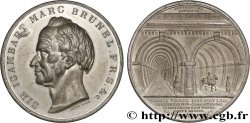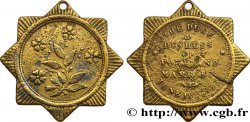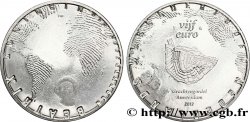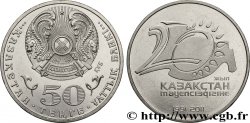fme_424021 - GREAT BRITAIN - VICTORIA Médaille pour l’Exposition universelle
недоступный.
Товар уже продан в нашем интернет-магазине (2019)
Цена: : 120.00 €
Товар уже продан в нашем интернет-магазине (2019)
Цена: : 120.00 €
Тип Médaille pour l’Exposition universelle
Дата: 1862
Монетный двор / Город: UK, Londres
Металл: tin
Диаметр: 51,5 mm
Ориентация осей монеты: 3 h.
Вес: 38,5 g.
Век: lisse
Комментарии о состоянии
Très belle médaille avec son brillant d’origine mais de petits défauts de surface
Лицевая сторона
Аверс: легенда: VICTORIA, QUENN OF - GREAT BRITAIN.
Аверс: описание: Buste couronné à gauche de la reine Victoria.
Обратная сторона
Реверс: легенда: THE INTERNATIONAL EXHIBITION LONDON / (WEST FRONT VIEW) / OPENED 1 MAY 1862 // COVERS A SPACE OF 26 ACRES / 1200 FT LONG. 700 FT WIDE / NAVE 85 FT WIDE / DOMES FT HIGH / COST £ 300.000.
Реверс: Описание: Vue du Hall d’exposition et légende en 6 lignes à l’exergue.
Комментарий
L’Exposition universelle de 1862 se tint à Londres du 1er mai au 1er novembre 1862. Outre les jardins de la Royal Horticultural Society, dans South Kensington, elle occupait l'emplacement des actuels Musée d'histoire naturelle de Londres et Science Museum.
Elle s’étendait sur 9 hectares de terrain, avec une halle construite pour l'occasion par Charles et Thomas Lucas, et Sir John Kelk, sur des plans du capitaine Francis Fowke (1823-1865). Le coût des travaux, de 300 000 £, était couvert par les profits de l’Exposition universelle de 1851. Cet édifice comportait un corps principal et deux ailes à angle droit de ce corps, pour abriter les machines industrielles et l'outillage agricole ; ces ailes furent démolies à la fin de l'Exposition. La grande façade, qui s'ouvrait le long de Cromwell Road était longue de 351 m, et ornée de deux coupoles de verre, de 79 m de hauteur chacune. Bien qu'elles eussent été alors les plus grandes coupoles du monde, elles firent peu d'impression, moquées dans la presse comme de « grands bols de soupe » (colossal soup bowls) et « une horreur nationale » ; quant au bâtiment, The Art Journal le taxa de « cabane délabrée » (a wretched shed). Le Parlement repoussa la proposition du gouvernement de racheter le bâtiment, si bien que les matériaux de construction furent revendus et réutilisés pour la construction d’Alexandra Palace..
The 1862 World's Fair was held in London from 1 May to 1 November 1862.. Besides the Royal Horticultural Society Gardens in South Kensington, it occupied the site of the present Natural History Museum and Science Museum in London..
It extended over 9 hectares of land, with a hall built for the occasion by Charles and Thomas Lucas, and Sir John Kelk, to designs by Captain Francis Fowke (1823-1865). The cost of the work, £300,000, was covered by the profits of the 1851 World's Fair.. This building consisted of a main body and two wings at right angles to this body, to house industrial machinery and agricultural tools; these wings were demolished at the end of the Exhibition.. The great facade, which opened along Cromwell Road, was 351 m long and adorned with two glass domes, each 79 m high.. Although they were then the largest domes in the world, they made little impression, being mocked in the press as \\\"colossal soup bowls\\\" and \\\"a national eyesore\\\"; as for the building itself, The Art Journal called it \\\"a wretched shed.\\\". Parliament rejected the government's proposal to buy the building, so the building materials were resold and reused for the construction of Alexandra Palace..
Elle s’étendait sur 9 hectares de terrain, avec une halle construite pour l'occasion par Charles et Thomas Lucas, et Sir John Kelk, sur des plans du capitaine Francis Fowke (1823-1865). Le coût des travaux, de 300 000 £, était couvert par les profits de l’Exposition universelle de 1851. Cet édifice comportait un corps principal et deux ailes à angle droit de ce corps, pour abriter les machines industrielles et l'outillage agricole ; ces ailes furent démolies à la fin de l'Exposition. La grande façade, qui s'ouvrait le long de Cromwell Road était longue de 351 m, et ornée de deux coupoles de verre, de 79 m de hauteur chacune. Bien qu'elles eussent été alors les plus grandes coupoles du monde, elles firent peu d'impression, moquées dans la presse comme de « grands bols de soupe » (colossal soup bowls) et « une horreur nationale » ; quant au bâtiment, The Art Journal le taxa de « cabane délabrée » (a wretched shed). Le Parlement repoussa la proposition du gouvernement de racheter le bâtiment, si bien que les matériaux de construction furent revendus et réutilisés pour la construction d’Alexandra Palace..
The 1862 World's Fair was held in London from 1 May to 1 November 1862.. Besides the Royal Horticultural Society Gardens in South Kensington, it occupied the site of the present Natural History Museum and Science Museum in London..
It extended over 9 hectares of land, with a hall built for the occasion by Charles and Thomas Lucas, and Sir John Kelk, to designs by Captain Francis Fowke (1823-1865). The cost of the work, £300,000, was covered by the profits of the 1851 World's Fair.. This building consisted of a main body and two wings at right angles to this body, to house industrial machinery and agricultural tools; these wings were demolished at the end of the Exhibition.. The great facade, which opened along Cromwell Road, was 351 m long and adorned with two glass domes, each 79 m high.. Although they were then the largest domes in the world, they made little impression, being mocked in the press as \\\"colossal soup bowls\\\" and \\\"a national eyesore\\\"; as for the building itself, The Art Journal called it \\\"a wretched shed.\\\". Parliament rejected the government's proposal to buy the building, so the building materials were resold and reused for the construction of Alexandra Palace..







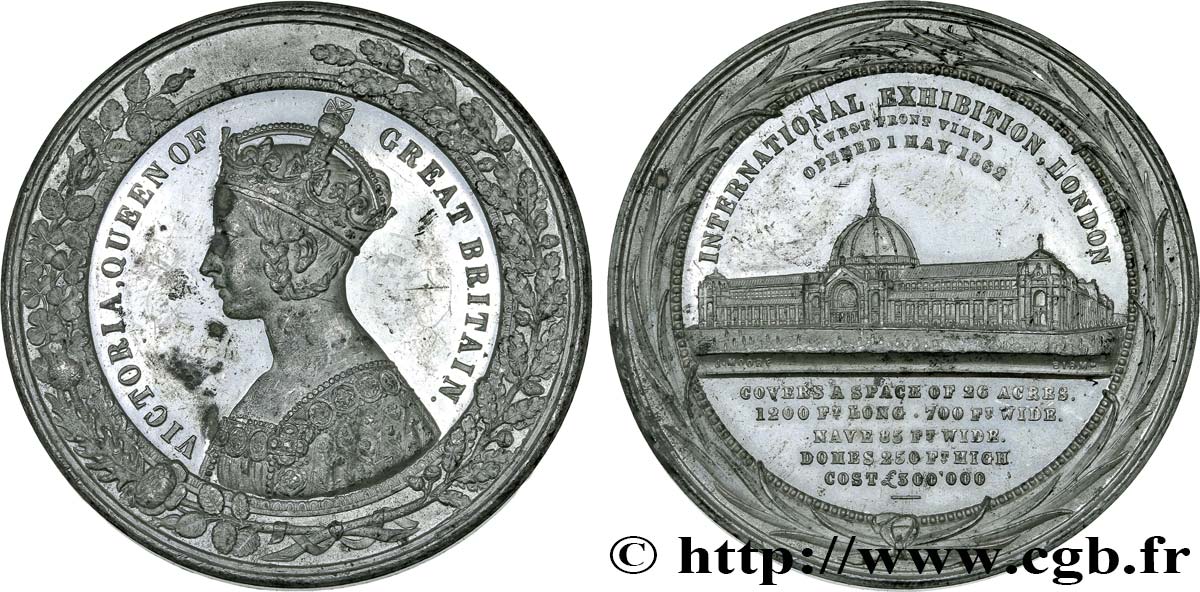
 Cообщить об ошибке
Cообщить об ошибке Распечатать страницу
Распечатать страницу Отправить мой выбор
Отправить мой выбор Задать вопрос
Задать вопрос Consign / sell
Consign / sell
 Информация
Информация

